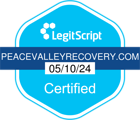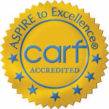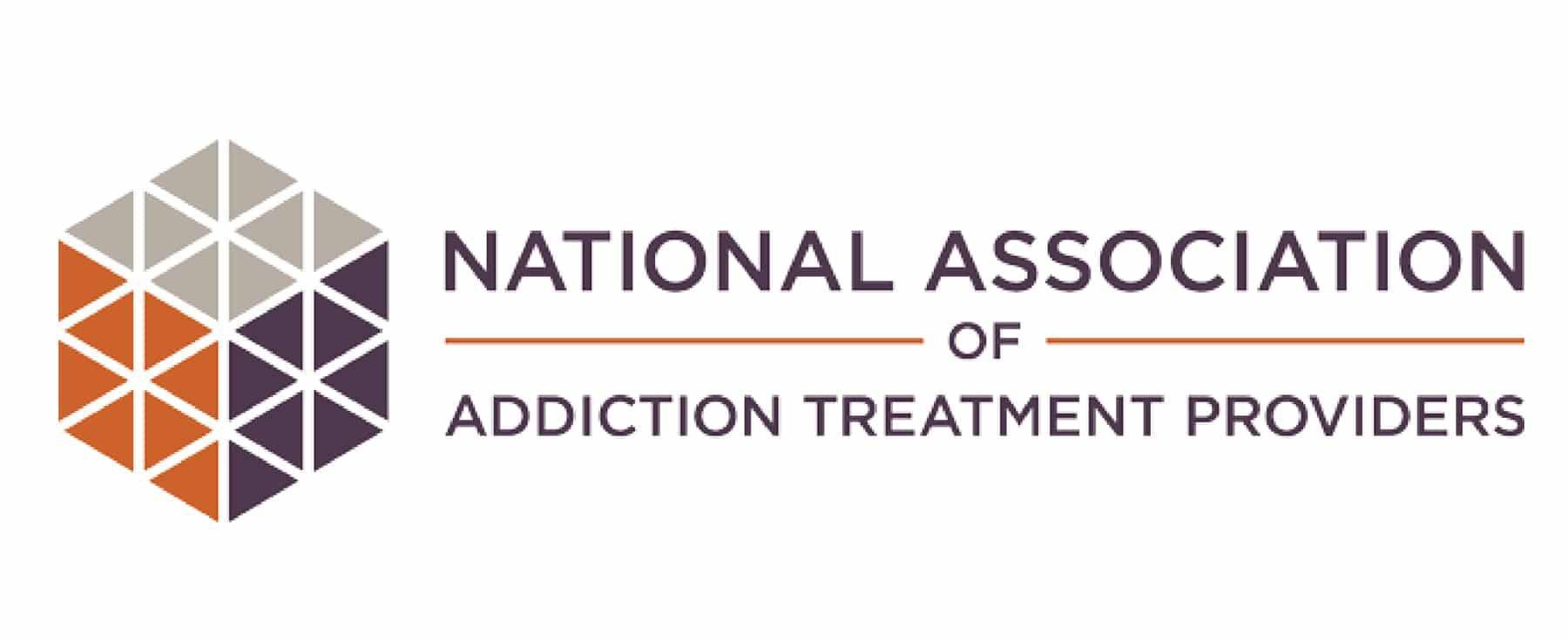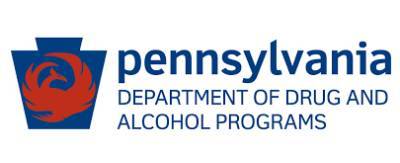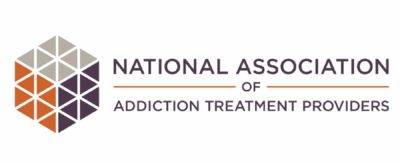Living with post-traumatic stress disorder (PTSD) can feel like you’re stuck in a cycle that doesn’t match the reality around you. Even when you’re safe, your body may stay tense, your mind may revisit the same moments, and sleep or focus might seem impossible. These responses often feel confusing, frustrating, or exhausting. They are also common signs of trauma that haven’t yet found a place to settle.
At Peace Valley Recovery, we support people struggling with PTSD by providing trauma-informed care tailored to their unique needs. Our team understands the challenges you face and is here to help you reclaim your life.
Ready to take the first step? Call us today at (267) 263-7378 or contact us online.
What Is PTSD?
PTSD is a mental health condition that can develop after exposure to a traumatic event. This might include combat, physical or sexual assault, serious accidents, childhood abuse, or ongoing emotional harm. Trauma affects everyone differently. What may overwhelm one person might not affect another in the same way, and there is no single “right” response to a traumatic experience.
Most people experience strong emotions after trauma, but when those emotions persist, interfere with daily life, or return unexpectedly long after the event, PTSD may be present. This condition involves changes in how the brain and body respond to perceived danger, even in the absence of an actual threat.
The National Center for PTSD estimates that about 3.6 percent of people in the United States had PTSD in the past year. at some point in their lives. While the symptoms may differ in intensity or form, they tend to follow consistent patterns that can be recognized and addressed through appropriate care.
When Fear Stays Long After the Danger Passes
The body has built-in ways to protect us from danger. These include increased heart rate, muscle tension, alertness, and a narrowed focus on immediate survival. For someone with PTSD, those systems may stay active even when the threat is no longer present. You might feel like you’re always on edge, unable to fully relax or let your guard down.
Flashbacks, intrusive thoughts, or nightmares may come out of nowhere and leave you feeling helpless or disoriented. Some people avoid places, people, or conversations that remind them of what happened. Others may feel emotionally numb or disconnected, even in situations that used to bring comfort or joy.
These responses are not a reflection of who you are. They are your nervous system trying to protect you from future harm, even when protection is no longer necessary. Understanding this is often one of the first steps toward healing.
Types of PTSD
PTSD symptoms can show up in different ways, and treatment plans often depend on the type and duration of symptoms.
Acute PTSD
Develops shortly after a traumatic event and may last for several weeks or months. If addressed early, these symptoms may resolve more quickly. ASD affects an estimated 19 percent of PTSD sufferers.
Chronic PTSD
Chronic PTSD refers to symptoms that persist for longer than three months. People with chronic PTSD may have had symptoms for years without realizing they stem from trauma.
Complex PTSD
Complex PTSD usually results from long-term or repeated trauma, often in childhood. It may include the typical symptoms of PTSD along with difficulties in self-esteem, emotional regulation, and relationships. Data from the Cleveland Clinic estimates the condition affects one to eight percent of the global population.
While each form of PTSD has unique features, all are valid and treatable with the right approach and support.
Recognizing the Signs and Symptoms
PTSD symptoms often fall into four main categories: intrusive memories, avoidance, negative changes in mood or thinking, and physical or emotional reactivity.
Common emotional and cognitive symptoms include:
- Flashbacks or vivid, distressing memories
- Nightmares related to the trauma
- Intense distress when reminded of the event
- Feelings of guilt, shame, or hopelessness
- Difficulty trusting others or feeling safe
- Loss of interest in activities or relationships
Physical or behavioral symptoms may include:
- Sleep disturbances, including insomnia
- Fatigue or low energy levels
- Being easily startled or constantly tense
- Avoiding situations that feel unpredictable
- Trouble concentrating or remembering details
- Isolating from loved ones or daily routines
These symptoms can come and go, or stay constant for long periods, and may worsen during times of stress or after exposure to a new loss or challenge. You may notice that small tasks feel overwhelming, or that you’re responding to ordinary situations with fear or anger that seems disproportionate. These are not moral failings or signs of weakness – they are the brain’s attempt to process something that has not yet been fully understood or integrated.

How PTSD Affects Daily Life
PTSD often changes how people relate to themselves, their surroundings, and others. It may be difficult to relax in public spaces, concentrate at work, or remain emotionally present in relationships. Many people begin to avoid the things that bring on symptoms, including social events, conversations about emotions, or even leaving the house.
These protective behaviors may offer temporary relief, but over time they can lead to greater isolation and difficulty functioning. Emotional numbness may feel safer than facing painful memories, but it can also make joy, connection, and spontaneity feel out of reach.
PTSD can also affect physical health. Chronic stress has been linked to heart problems, gastrointestinal symptoms, sleep disorders, and a weakened immune system. Without treatment, these effects often build on one another, making it harder to feel hopeful or motivated.
Peace Valley Recovery’s Treatment Approach
At Peace Valley Recovery, we understand that managing anxiety is a gradual journey that requires individualized attention and compassion. Our team is committed to providing care that honors your pace and personal experience.
Our Partial Hospitalization Program (PHP) offers comprehensive daytime treatment five days each week. This option provides structured and focused support while allowing you to return to your home environment every evening, ideal for those needing consistent care without full hospitalization.
For those balancing daily responsibilities, our Intensive Outpatient Program (IOP) delivers treatment sessions lasting approximately three hours, available three to five days weekly. Evening sessions are offered to accommodate busy schedules and personal commitments.
Each program starts with an in-depth evaluation to determine your specific needs and challenges. We collaborate with you to create a treatment plan that feels achievable and tailored to your path toward wellness.
Evidence-Based Therapies
Our treatment programs include a range of clinical and holistic therapies to address the full spectrum of PTSD symptoms.
Individual therapy gives you space to explore your experience, identify patterns, and develop tools to manage emotional triggers. Therapists may use modalities such as cognitive behavioral therapy (CBT), somatic therapy, or EMDR, depending on your needs.
Group therapy offers connection with others who understand what you’re going through. These sessions are guided by trained facilitators and provide a space for learning, sharing, and mutual support.
Family therapy can help rebuild communication and trust with loved ones who may be struggling to understand what you’re facing. When appropriate, this work helps create a healthier environment both during and after treatment.
Holistic services such as yoga, mindfulness practices, and art or music therapy can support nervous system regulation and provide healthy outlets for expression. These methods are not substitutes for clinical care, but they often make traditional therapy more effective.

What to Expect from Treatment
The early stages of treatment focus on creating a sense of safety and predictability. You may begin by learning grounding techniques, identifying triggers, and establishing trust with your therapist. As you move forward, you’ll explore how trauma has shaped your thoughts, beliefs, and behaviors.
Recovery from PTSD does not follow a straight line. Some days may feel easier than others. Progress can happen slowly, and setbacks are part of the process. The goal is not to forget what happened, but to regain your ability to live fully in the present.
Over time, many people find that symptoms become less overwhelming. They begin to reconnect with people, experience joy, and feel a sense of control again. These changes don’t happen overnight, but with support, they are possible.
Medication and Medical Support
In some cases, medication may help reduce symptoms of PTSD. This decision is made carefully in collaboration with our medical team, based on your goals, history, and overall treatment plan. If you are also recovering from substance use, we take extra precautions to ensure your care remains aligned with your recovery.
Other Addiction Treatments and Therapies
Taking the First Step
Asking for help is often the hardest part of recovery. If you’re living with PTSD, you’ve already carried more than most people will ever understand. You don’t have to keep carrying it alone.
The admissions process at Peace Valley Recovery is straightforward and compassionate. We’ll walk you through each step, answer your questions, and verify your insurance before treatment begins.
If you’re ready to explore the possibility of healing, we’re here to talk.
Call Peace Valley Recovery at (267) 263-7378 or contact us online to get started.


